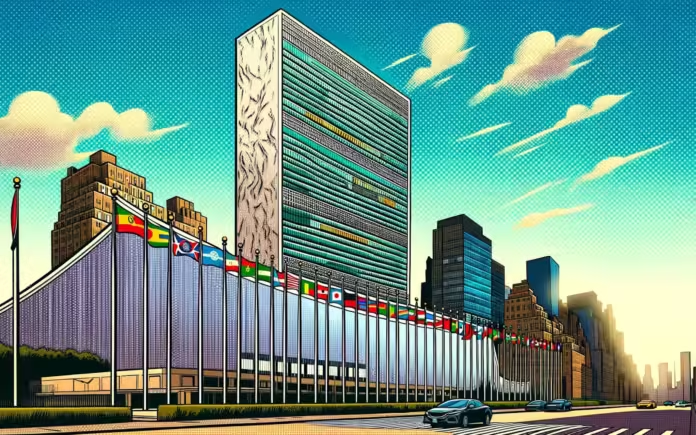World leaders gathered in New York on Sunday for the “Summit of the Future,” aimed at addressing pressing 21st-century challenges, including conflict and climate change. UN Secretary-General Antonio Guterres proposed the summit in 2021 as a “once-in-a-generation opportunity” to reshape international cooperation.
As an opening event for the annual high-level week of the UN General Assembly, dozens of heads of state are expected to adopt a “Pact for the Future” during the summit. However, Guterres expressed frustration over last-minute negotiations, urging nations to display “vision” and “courage” to enhance international institutions struggling to respond to contemporary threats.
The draft pact, spanning nearly 30 pages, outlines 56 actions aimed at strengthening multilateralism, upholding the UN Charter, and reforming international financial institutions and the UN Security Council. It also emphasizes commitments to combat climate change and promote disarmament while guiding the development of artificial intelligence.
Despite its ambitious goals, diplomats expressed skepticism about the pact’s impact, describing it as “lukewarm” and a reflection of the “lowest common denominator.” The negotiations faced challenges, particularly regarding climate change, with references to transitioning away from fossil fuels causing contention.
Developing nations have demanded concrete commitments to reform international financial institutions to facilitate access to preferential financing, particularly as climate change impacts intensify. While the pact includes significant commitments on economic justice, concerns linger regarding its non-binding nature and the commitment to human rights.
Guterres called for nations to transform the pact’s words into action, emphasizing the need to rebuild trust between the Global North and South and affirming a collective commitment to multilateralism amid a challenging geopolitical landscape.



